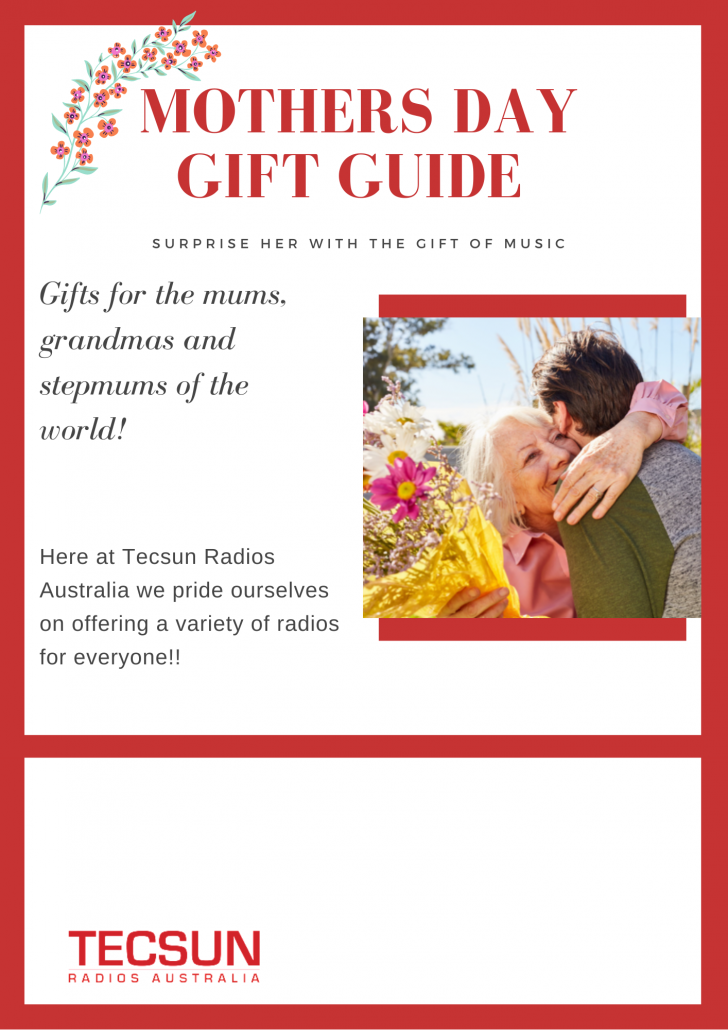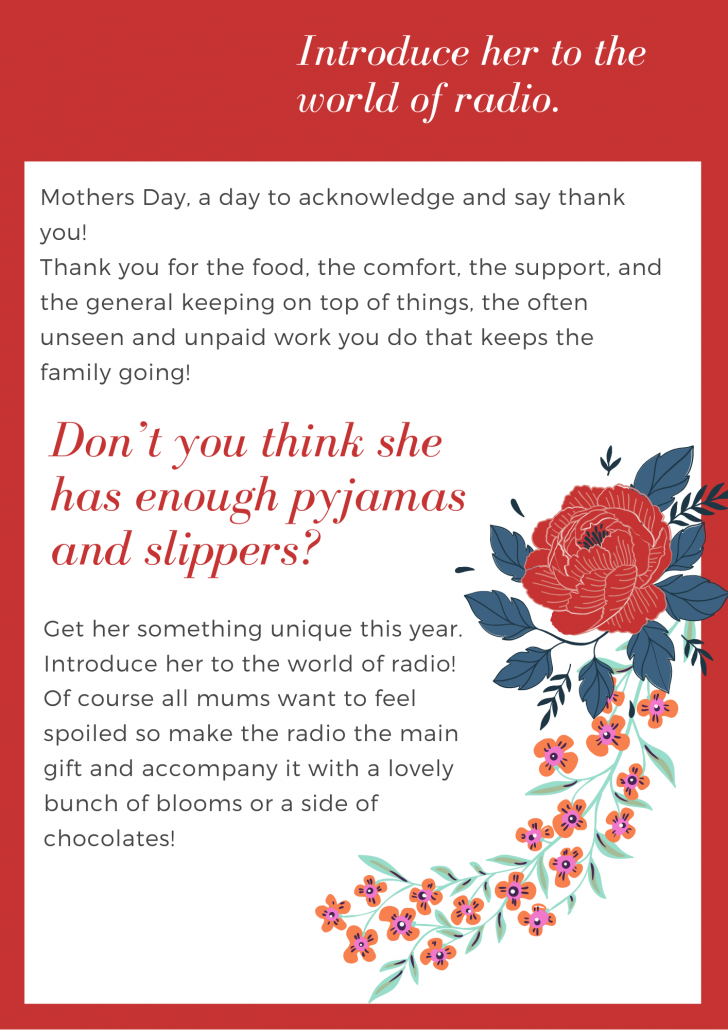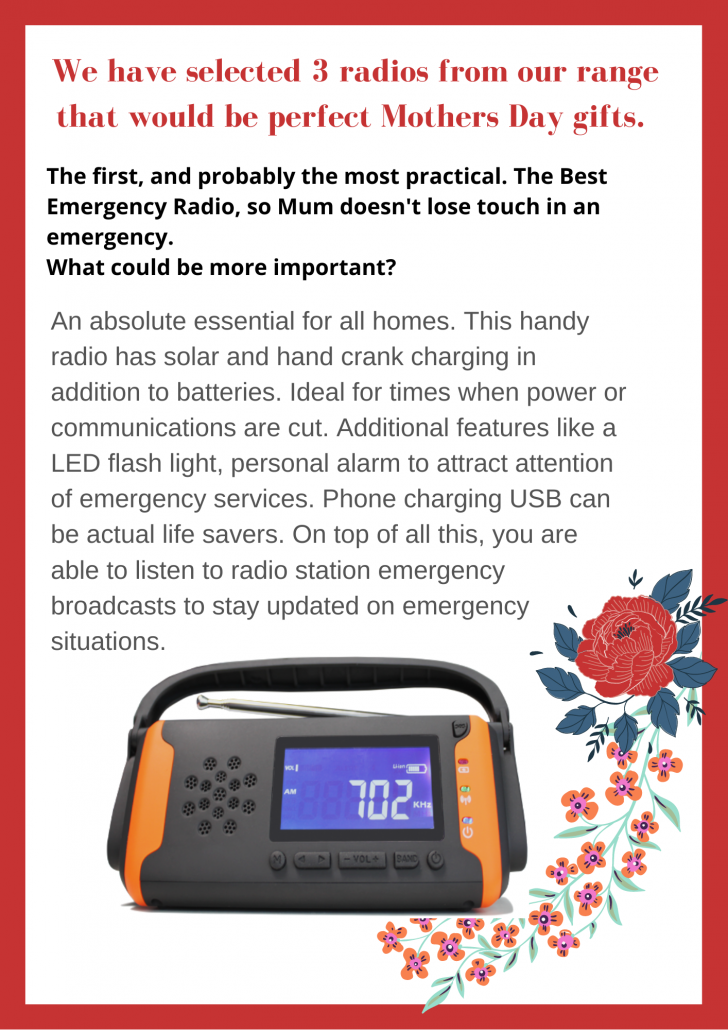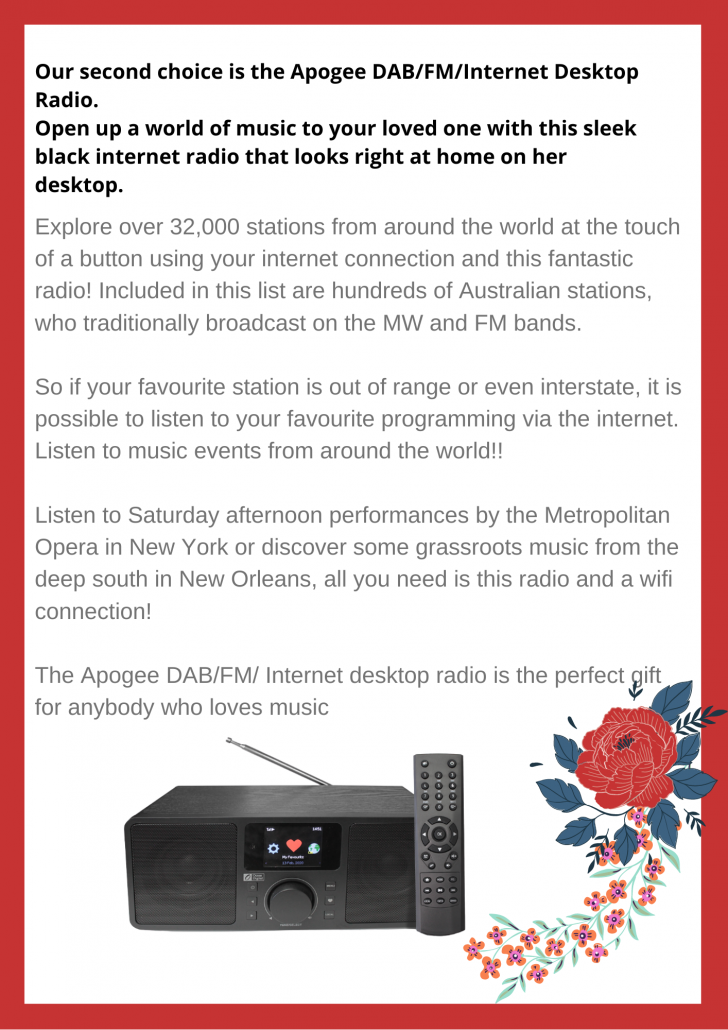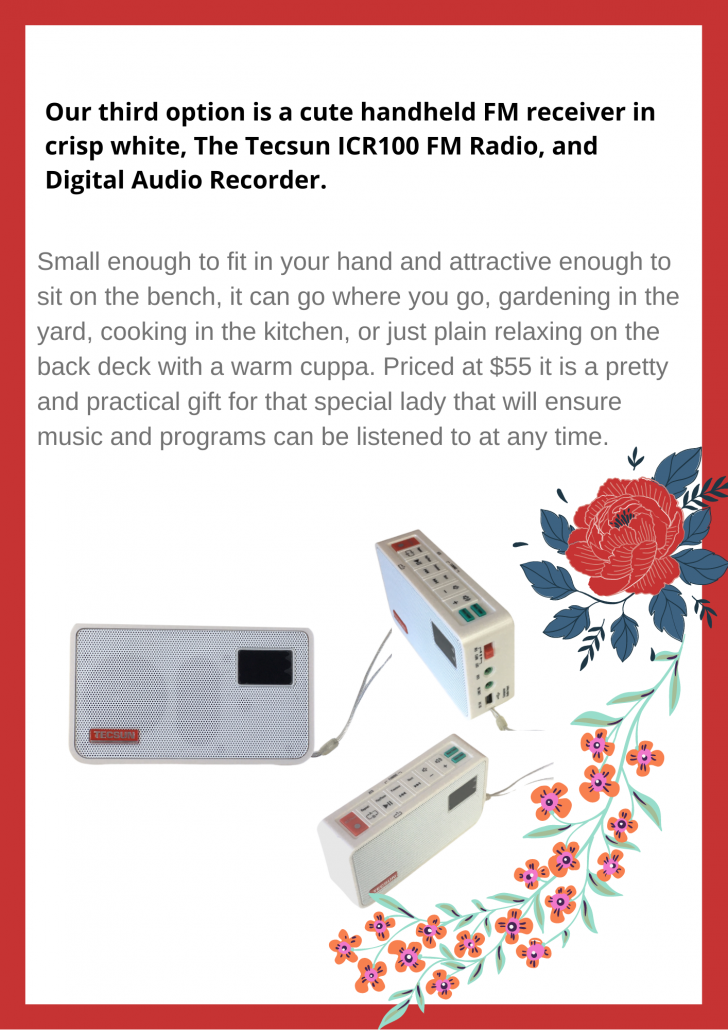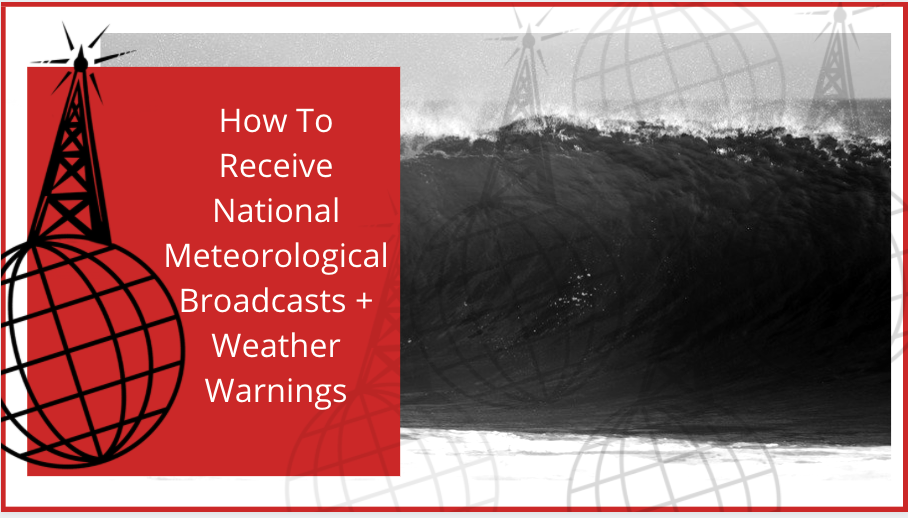
When you are out to sea, it is crucial to keep on top of the weather forecasts, a change in swell and wind can change the sailing landscape from smooth to challenging.
The Australian Bureau of Meterorology (BOM) Marine Forecast Service provides regular weather forecasts and warnings Australia wide.
This information is broadcast on HF radio for mariners in two formats:
a. Broadcast (voice) of marine weather warnings, forecasts and observations.
b. Broadcast (radiofax images) of marine weather forecast and analysis maps.
The Bureau broadcasts its marine weather HF radio services for high seas and Australian coastal areas from transmitters at Charleville in Queensland and Wiluna in Western Australia. Identifiers are VMC (for services from Charleville) and VMW (for services from Wiluna). Services use USB (F3C) modulation.
VMC (Australia Weather East) broadcasts for the following areas:
· Coastal Waters areas off Queensland, New South Wales, Victoria and Tasmania.
· High Seas for the Northern, Southern, North Eastern and South Eastern high seas areas.
Marine weather warnings are broadcast on the hour (on the half-hour in CST) for NT, Qld, NSW, Vic, SA and Tasmanian coastal waters zones and for all high seas areas. The broadcast is available on the following frequencies (kHz):
· Day-time (0700 – 1800 EST): 4426, 8176, 12365, 16546
· Night-time (1800 – 0700 EST): 2201, 6507, 8176, 12365
Navigation Maritime Safety Information notices are broadcast at 25 past each hour on 8176 kHz. Marine forecasts and observations are broadcast from Charleville (VMC) on a four hour repeat cycle, according to the schedule below:
All times are in Eastern Standard time (0700-1800EST) DAY-Time schedule
0730hrs Queensland
0830hrs High Seas (Northern, North Eastern, South Eastern, and Southern areas)
0930hrs New South Wales, Victoria
1030hrs Tasmania
This schedule repeats every four hours until 1800EST after which time, the nigh-time frequencies are used.
When daylight savings is in force, add one hour to EST and CST to obtain Eastern and central daylight time equivalents.
VMW (Australia Weather West) broadcasts for the following areas:
· Coastal Waters areas off South Australia, Western Australia and Northern Territory.
· High Seas for the Northern, Western and Southern high seas areas.
Marine weather warnings are broadcast on the hour (on the half-hour in CST) for Qld Gulf, NT, WA and SA coastal waters zones and for all high seas areas. The broadcast is available on the following frequencies (kHz):
· Day-time (0700 – 1800 WST): 4149, 8113, 12362, 16528
· Night-time (1800 – 0700 WST): 2056, 6230, 8113, 12362
Navigation Maritime Safety Information notices are broadcast at 25 past each hour on 8176 kHz. Marine forecasts and observations are broadcast from Wiluna (VMW) on a four hour repeat cycle according to the schedule below:
All times are in Western Standard time (0700-1800WST)
0730hrs Western Australia (Northern Zones: NT-WA Border to North West Cape) NT
0830hrs Western Australia (Western Zones: North West Cape to Cape Naturaliste) Western Australia (Southern Zones: Cape Naturaliste to WA-SA Border)
0930hrs South Australia
1030hrs Queensland (Gulf waters) High Seas (Northern, Western, and Southern areas)
This schedule repeats every four hours until 1800WST after which night-time frequencies are used.
When daylight savings is in force, add one hour to EST and CST to obtain Eastern and Central daylight time equivalents.
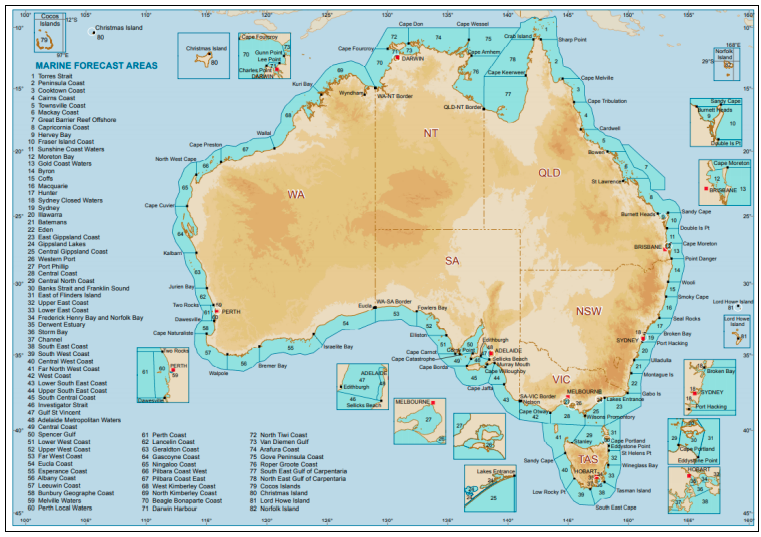
BOM Marine Weatherfax service:
The BOM Marine Weatherfax service is also broadcast from Charelville (VMC) in the east and Wiluna (VMW) in the west. Both transmitters have a power rating of 1Kw, utilising F3C transmission.
Charleville: Call Sign VMC
Frequency: 2628, 5100, 11030, 13920, 20469 kHz
Broadcast (UTC) 0900-1900, 0000-2400, 0000-2400, 0000-2400, 1900-0900.
WilunaL: Call Sign VMW
Frequency: 5755, 7535, 10555, 15615, 18060 kHz
Broadcast (UTC) 1100-2100, 0000-2400, 0000-2400, 0000-2400, 2100-110
VMC & VMW Radio Fax Schedule
| Time (UTC) | Description of Item and Current Chart |
|---|---|
| 0000* | Indian Ocean Mean Sea Level Pressure Analysis Valid 0000 |
| 0015 | VMC/VMW Schedule – 2 pages |
| 0045 | VMC/VMW Broadcast Information |
| 0100 | Recommended Frequencies for VMC (Charleville) – 3 pages |
| 0131 | Recommended Frequencies for VMW (Wiluna) – 3 pages |
| 0203 | Australian Mean Sea Level Pressure Forecast (H+36) Valid 0000 |
| 0245 | Australian Mean Sea Level Pressure Analysis Valid 0000 |
| 0300 | Australian Primary Swell Waves Forecast (H+24) Valid 0000 |
| 0315 | Voice Broadcast Information for VMC and VMW |
| 0345* | Australian Mean Sea Level Pressure Analysis Valid 0000 |
| 0400 | South Pacific Ocean Mean Sea Level Pressure Analysis Valid 0000 |
| 0430 | Australian Mean Sea Level Pressure 4-day forecast – 2 pages |
| 0500* | Australian Mean Sea Level Pressure 4-day forecast – 2 pages |
| 0600 | Asian (Area A) Gradient Level Wind Analysis Valid 0000 |
| 0623 | Asian (Area B) Gradient Level Wind Analysis Valid 0000 |
| 0645 | Asian Mean Sea Level Pressure Analysis Valid 0000 |
| 0730 | Indian Ocean Mean Sea Level Pressure Analysis Valid 0000 |
| 0745 | Australian Total Wave Height and Direction Forecast (H+24) Valid 0000 |
| 0800 | Australian Primary Swell Waves Forecast (H+24) Valid 0000 |
| 0830 | South Pacific Ocean Mean Sea Level Pressure Analysis Valid 0000 |
| 0845 | Australian Mean Sea Level Pressure Analysis Valid 0600 |
| 0900 | Australian Mean Sea Level Pressure Forecast (H+36) Valid 0000 |
| 0915 | Australian Mean Sea Level Pressure 4-day forecast – 2 pages |
| 1015 | Southern Ocean Total Wave Height and Direction (H+24) valid 0000 |
| 1030 | Indian Ocean Mean Sea Level Pressure Analysis Valid 0000 |
| 1045 | Southern Hemisphere Mean Sea Level Pressure Forecast (H+48) Valid 0000 |
| 1100 | Southern Ocean Total Wave Height and Direction (H+36) valid 0000 |
| 1115 | Australian Mean Sea Level Pressure Analysis Valid 0600 |
| 1130 | Asian Sea Surface Temperature Analysis |
| 1145 | VMC/VMW Information Notice |
| 1200 | Australian Mean Sea Level Pressure Forecast (H+36) Valid 1200 |
| 1215 | VMC/VMW Schedule – 2 pages |
| 1245 | Indian Ocean Mean Sea Level Pressure Forecast (H+36) Valid 1200 |
| 1315 | South Pacific Ocean Total Waves (H+48) Valid 0000 |
| 1330 | Indian Ocean Total Waves (H+48) Valid 0000 |
| 1345 | Pacific Ocean Sea Surface Temperatures |
| 1400 | Indian Ocean Sea Surface Temperatures |
| 1415 | Southern Ocean Total Wave Height and Direction (H+48) valid 0000 |
| 1430 | Australian Mean Sea Level Pressure Analysis Valid 1200 |
| 1500 | Australian Primary Swell Waves Forecast (H+24) Valid 0000 |
| 1515 | Australian Mean Sea Level Pressure Forecast (H+36) Valid 1200 |
| 1530 | Australian Mean Sea Level Pressure 4-day forecast – 2 pages |
| 1600 | Asian Mean Sea Level Pressure Analysis Valid 0000 |
| 1630 | Recommended Frequencies for VMC (Charleville) – 3 pages |
| 1701 | Recommended Frequencies for VMW (Wiluna) – 3 pages |
| 1800 | Asian (Area A) Gradient Level Wind Analysis Valid 1200 |
| 1823 | Asian (Area B) Gradient Level Wind Analysis Valid 1200 |
| 1915 | Indian Ocean Mean Sea Level Pressure Analysis Valid 0000 |
| 1930 | Australian Total Wave Height and Direction Forecast (H+24) Valid 1200 |
| 1945 | Australian Primary Swell Waves Height Forecast (H+24) Valid 1200 |
| 2000 | South Pacific Ocean Mean Sea Level Pressure Analysis Valid 0000 |
| 2015 | Southern Ocean Total Wave Height and Direction (H+24) valid 0000 |
| 2030 | Australian Mean Sea Level Pressure Analysis (Manual) Valid 1800 |
| 2215 | Southern Ocean Total Wave Height and Direction (H+36) valid 0000 |
| 2230 | Australian Mean Sea Level Pressure 4-day forecast, Days 1 and 2 |
| 2245 | Southern Hemisphere Mean Sea Level Pressure Forecast (H+48) Valid 1200 |
| 2300 | Australian Mean Sea Level Pressure 4-day forecast, Days 3 and 4 |
| 2315 | Southern Ocean Total Wave Height and Direction (H+48) valid 0000 |
| 2330 | Australian Mean Sea Level Pressure Forecast (H+36) Valid 0000 |
| 2345 | Indian Ocean Mean Sea Level Pressure Forecast (H+48) Valid 1200 |
| *The following charts are repeat broadcasts on 11030 kHz only via a directional aerial pointing from Charleville (VMC) towards Tasmania. | |
| 0000 | Indian Ocean Mean Sea Level Pressure Analysis Valid 0000 |
| 0345 | Australian Mean Sea Level Pressure Analysis Valid 0000 |
| 0500 | Australian Mean Sea Level Pressure 4-day forecast – 2 pages |
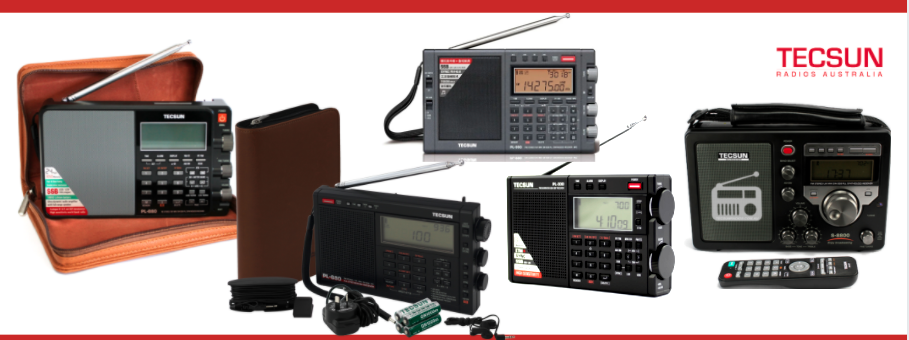
Any HF receiver capable of tuning the correct frequencies and receiving SSB transmissions will be suitable for VMC and VMW voice transmissions. To decode facsimilie transmissions an external decoder will be required. The user must be able to access a headphones or line output socket on the receiver to facilitate connection.**
The provision of an external antenna socket is an advantage, this will allow a single wire connection to a backstay or other length of wire to improve reception over the standard telescopic whip.
All broadcast use USB and that mode must be selected on the receiver.
Suitable receivers in the Tecsun range are:
S-2000 desktop, PL-600, PL-660, PL-330, PL-880, PL-990, PL-365, S-8800,
Shop these radios here on our online webshop.
Information source: Australian Bureau of Meteorology
**There exists a radio fax decoder which operates on both Adroid and IOS phones and tablets, which does not require a wired connection.
Simply place your phone or tablet near the speaker of the receiver and the decoder will start.
The App is available from the App Store (HF Weather Fax Marine Radio Fascimile Decoder App) from Black Cat Systems- https://www.blackcatsystems.com/index.html
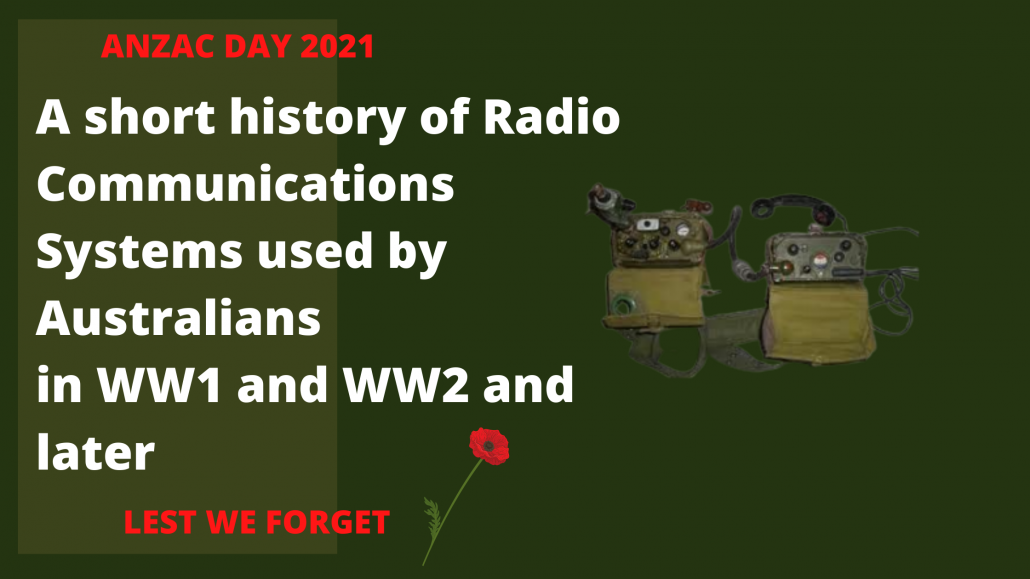
As ANZAC day approaches this year, it’s a good time to reflect on how radio communications has evolved over time, accelerated by wartime conflicts, and how difficult it must have been during times of conflict.
Prior to the introduction of radio communications, messages during wars were sent using dogs and homing pigeons. Short range communications utilised signalling lamps and mirrors with limited success
Towards the end of World War 1, the introduction of “spark” or “loop” radio sets, operating on the longwave band, and utilising CW (morse code) was recognised as a great step forward in technology. These sets were used between different groups on the battlefield, as great improvement over messengers who were continually under fire from snipers.
In September 1914, one month after the declaration of war, at the battle of Bita Paka, Australian forces attacked the German South Seas Wireless Station on the island of New Britain, conquering German New Guinea.
By the end of World War 1, despite the equipment being heavy and bulky, CW communications had been used by Australian military forces on land, sea and air.
Considered to be more advantageous to naval and airborne forces, where existing telegraph lines could not be employed, this technology paved the way for more advanced voice communications employed after 1920.
Between wars development of radio communications equipment continued, as the benefits of instant communications to direct armed forces was realised.
By 1939 local industry was gearing up to manufacture radio receivers for expected consumer demand of the new technology which provided news and entertainment from around the world.
Governments around the world soon realised that radio was a very effective propaganda tool. Nazi Germany and the British government used it to muster support from their respective populations. In fact the German military arranged the manufacture of millions of radio receivers which were subsidised, allowing access to the general population.
In America, the Office of Co-ordination began providing programming to commercial shortwave stations, in order to spread the news of the war in Europe and the Allied response.
At the end of August 1939 in Australia, all shortwave transmissions professional and amateur, were ordered shut down.
A few weeks after the declaration of war in September 1939, Mr (later Sir) Robert Menzies, the Prime Minister, inaugurated a government controlled overseas shortwave service to counter German propaganda in the Pacific. Initially called “Australia Calling” and using the callsign VLQ2, the service commenced on his birthday, December 20 1939. This service later became Radio Australia.
Whilst telephone and telegraph cables carried some traffic in war zones (a cable was laid under the English Channel between France and England), radio communications became a necessity during World War 2 and the simultaneous development of radar technology accelerated the development of “portable” radio transceivers, so large and heavy that they had to be transported by cart or jeep. In Australia, manufacturers like AWA, STC, Astor (Radio Corporation of Australia) and Kingsley began manufacturing radio equipment for land sea and air forces. Coastwatchers in northern Australia, Solomon Islands and New Guinea used AWA’s 3BZ receiver and 3BZ Teleradio transmitter to intercept Japanese communications and relay important information to the Australian and US navies patrolling the pacific.
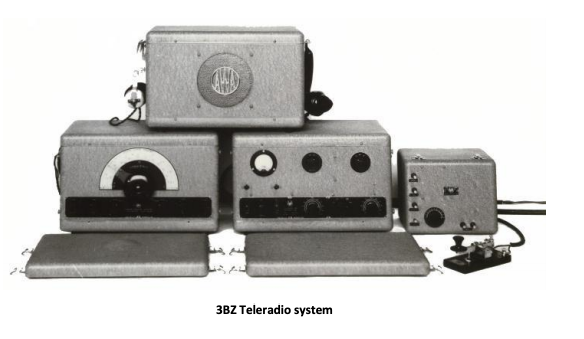
Typical of the bulky equipment of the time was the Number 11 set was manufactured by AWA. It was a combination transmitter receiver, operating on the HF bands, and drawing 2.9 amps on receive and 3.3 amps on low power transmit (1 watt), a far cry from today’s modern transceivers. It weighed 20Kg.
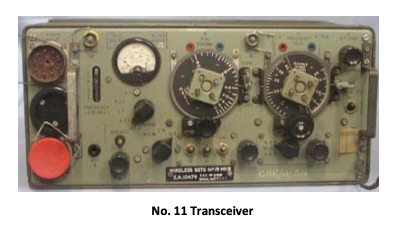 Subsequent to the World Wars and both before and during the Korean and Vietnam Wars, communications equipment was developed and refined to suit modern warfare techniques.
Subsequent to the World Wars and both before and during the Korean and Vietnam Wars, communications equipment was developed and refined to suit modern warfare techniques.
By the early 1950’s military communications equipment had progressed significantly. AWA were making the A-510 transceiver which was a portable, battery operated, 4 channel crystal controlled transceiver covering 2-10Mhz. Despite the low RF power output of 150mW when using voice communications, the established range was over two miles in the portable configuration and over 100 miles when used with a half wave dipole in “ground station” mode. It weighed 9Kg
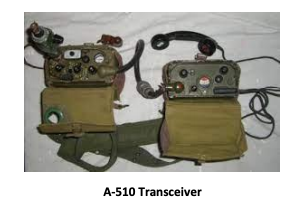 By the beginning of the Vietnam War, most military radio communications equipment was manufactured in the USA. Troops in Vietnam used the AN/PRC 25, a valve, multichannel VHF FM transceiver with a power output of 2 watts and a range of approximately 5 miles. It weighed 12Kg. This model was superseded by the PRC-77 which was also VHF FM, had the ability to use voice encryption, and had a solidstate power amplifier, reducing the weight to 6kg.
By the beginning of the Vietnam War, most military radio communications equipment was manufactured in the USA. Troops in Vietnam used the AN/PRC 25, a valve, multichannel VHF FM transceiver with a power output of 2 watts and a range of approximately 5 miles. It weighed 12Kg. This model was superseded by the PRC-77 which was also VHF FM, had the ability to use voice encryption, and had a solidstate power amplifier, reducing the weight to 6kg.
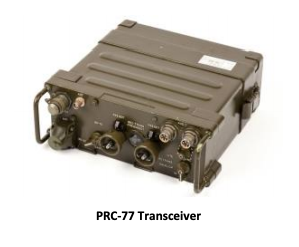
By the 1970’s AWA was producing a fully solid state HF transceiver covering 2-12Mhz in 1Khz steps, utilising CW and USB modes, operating from an internal Nicad battery, and was capable of 10 watts PEP output power. The receiver drew 35mA, and the entire transceiver including backpack weighed just 9 Kg
This snippet of radio equipment development history allows us to contemplate the huge improvement in performance, and at the same time give thought to those who persevered with heavy cumbersome and poorly performing equipment, during times of conflict.
Lest We Forget.
Images courtesy of Kurrajong Radio Museum



